I have been practicing compassion meditation now for over twenty years…..and it has been transformative.
When I started my journey, I was highly self-critical and believed in personal blame….generally my own. I remember going to a weekend of compassion focussed therapy in Derby with Prof. Paul Gilbert towards the start of my journey. This is where the message that ‘it’s not my fault’ first started to land with me. The evolved human condition and my childhood conditioning were not something I choose and were not my fault. It was a revelation to me.
At this point I began practicing the self-critic practices from our Level 2 Compassion training, based on Paul’s work. I had a harsh and relentless inner self critic. At times it was painful, especially when I began to realise how I had limited my life and caused myself and others to suffer over the years, due to my habit of self-criticism. This was a coping mechanism to keep me safe, which was no longer working for me (if it ever had?) and was gradually transformed with regular compassion practice. Now when mistakes happen, I see it is a result of the messy human condition, subject to many causes and conditions and that no-one, including myself, is to blame.
Often people think that if they lose their self-critic they will be less effective. This has not been my experience. I used to be driven by a fear of failure, with my energy tied up in stories of threat and blame. Now I am motivated by a wish to relieve suffering and increase happiness, which leaves all my energy available to act in the service of this wish….for myself and for those around me.
As a Buddhist, a big part of my development of compassion has been a regular Chenrezig practice. Chenrezig is a Tibetan Buddhist deity who can be thought of as a manifestation of limitless unconditional compassion. We say prayers, visualise Chenrezig above our heads and chant his mantra ‘Om mani peme hung’ and visualise coloured lights emanating from Chenrezig purifying the harmful emotions and habitual patterns of all sentient beings, including ourselves. When we finish chanting the mantra we imagine that Chenrezig dissolves into us and that we embody limitless compassion. These days, in moments of difficulty, if I say the mantra, I am immediately connected with a feeling of spaciousness, peace and compassion, which sustains me and enables me to respond more skilfully than before.
The compassionate imagery practices which we present in our Level 2 Compassion training are adaptations based on the principles of the Chenrezig practice, which enable us all to connect with an energy of universal compassion, in a way consistent with our beliefs, values and imaginations.
Then there is joy!
Compassion practice with its inevitable focus on suffering can be balanced by a focus on joy. I have been encouraged by my teachers to focus on a regular practice of joy. This is also a big part of our Level 2 Compassion training. A regular disciplined practice of gratitude and appreciation for the good things in life has left me with a cheerful attitude, regardless of what is happening, and a habitual tendency to smile, which is good for generating laughter lines, rather than frown lines as we age!
So, what is the result? I am generally happy. I can take great pleasure in the small things in life. When problems and challenges arise, I tend to see them as opportunities for learning more about myself, my relationships and the world. I am easier going and my relationships are more honest and kinder. Even my deeply ingrained habit of resentment is transforming into a habit of forgiveness…..finally!
My journey hasn’t always been easy. I have had to face strong emotions, see how my habits of thought and behaviour have harmed myself and those around me and recognise that I am not the person I ‘think’ I am …… it has been worth every tear, every hour of practice, all the early mornings and all the stiff joints.
So, wherever you are on your mindfulness and compassion journey, are you ready to take the next step?


